Tag: election
-
Two new candidates declare in Colorado

Ballotpedia tracked two new state-level candidates in Colorado between Sept. 11 and Sept. 17. This was one more candidate than the prior week. Both of the candidates are Democrats and are running for the state legislature in 2024. Details on these candidates are below: Since the beginning of the year, Ballotpedia has identified 20 candidates…
-
Three new candidates declare in Texas

Ballotpedia tracked three new state-level candidates in Texas between Sept. 11 and Sept. 17. This was two more candidates than the prior week. One of the candidates is a Democrat and two are Republicans. The three candidates are running for the state legislature in 2024. Details on these candidates are below: Since the beginning of…
-
Two new candidates declare in North Carolina

Ballotpedia tracked two new state-level candidates in North Carolina between Sept. 11 and Sept. 17. This was two more candidates than the prior week. Both of the candidates are Democrats running in 2024, one for state executive office and one for the state legislature. Details on these candidates are below: Since the beginning of the…
-
Five new candidates declare in Florida
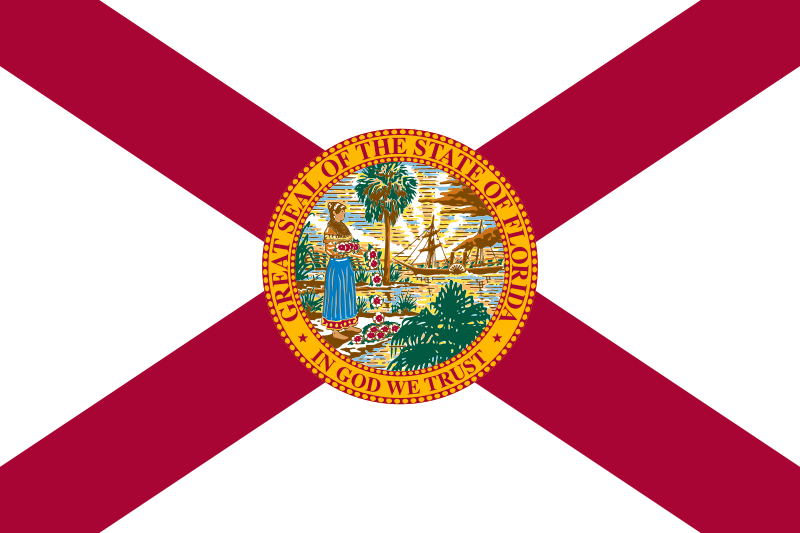
Ballotpedia tracked five new state-level candidates in Florida between Sept. 11 and Sept. 17. This was three more candidates than the prior week. Three of those candidates are Democrats, one is a Republican, and one is a Libertarian. The five candidates are running for the state legislature in 2024. Details on these candidates are below: …
-
Previewing U.S. House general elections
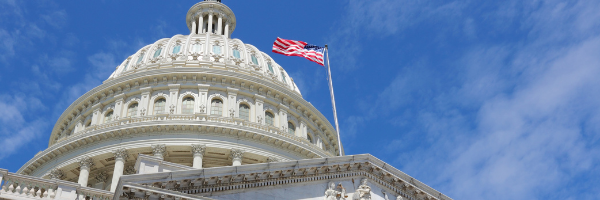
Elections to the United States House of Representatives will take place on November 8, 2022. The seats of all 435 representatives are up for election this year, along with the seats of five of the six non-voting members of the U.S. House. Democrats maintained their majority in the in the 2020 elections, winning 222 seats…
-
Jake Ellzey wins special runoff for Texas’ 6th Congressional District
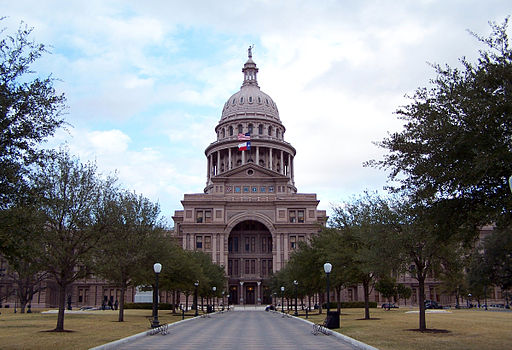
Jake Ellzey (R) defeated Susan Wright (R) in a special runoff election in Texas’ 6th Congressional District. With 98% of precincts reporting, Ellzey received 53% of the vote and Wright received 47% of the vote. Ellzey will fill the vacancy left when the previous incumbent, Ronald Wright (R), died from COVID-19 related complications on Feb.…
-
Special elections to be held on July 13 in two Alabama state legislative districts
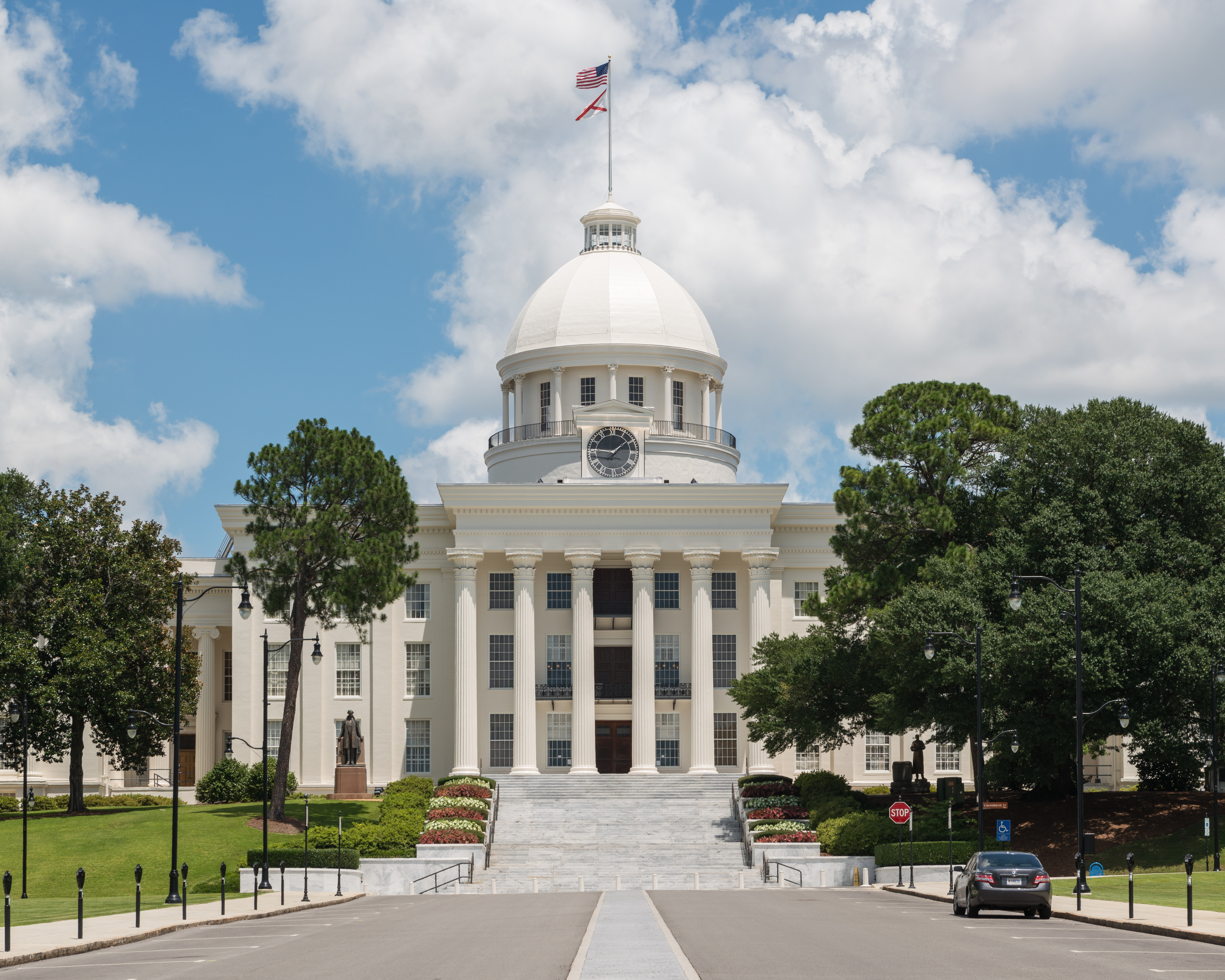
Special elections are scheduled for July 13 for District 14 of the Alabama State Senate and District 73 of the Alabama House of Representatives. The winners of the special elections will serve until Nov. 7, 2022. In Senate District 14, Virginia Applebaum (D) and April Weaver (R) are running in the special election. The seat…
-
Virginia gubernatorial candidates seek to define themselves, one another as the general election begins
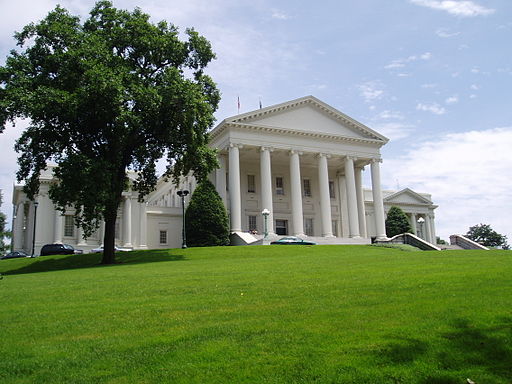
Campaigns for Terry McAuliffe (D) and Glenn Youngkin (R) in the election for Governor of Virginia released new adsshortly after the major-party nominating contests came to a close in recent weeks. Following Youngkin’s nomination on May 10, former Gov. McAuliffe released an ad titled “Virginia Forward” where he compared Youngkin to former President Donald Trump…
-
Absentee/mail-in ballot rejection rates decreased in at least 20 states between the 2016 and 2020 presidential elections
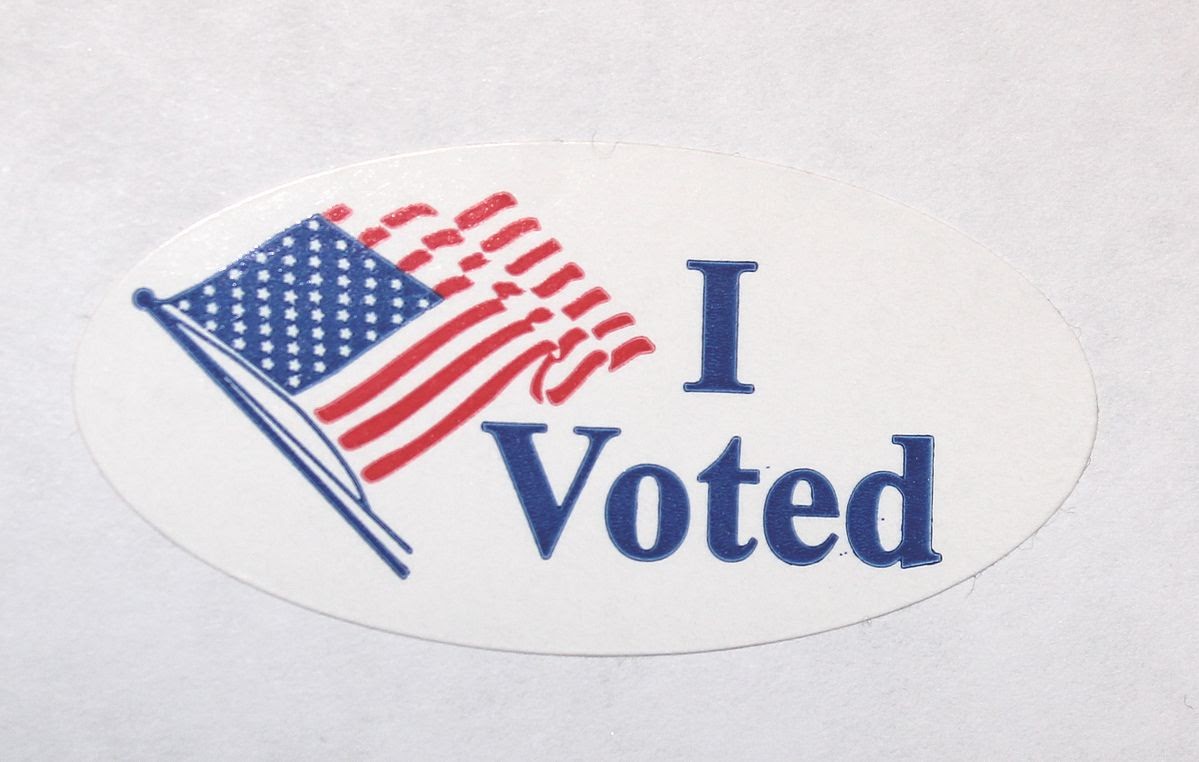
Ballotpedia’s analysis of 2020 election data shows that at least twenty states rejected a lower percentage of absentee/mail-in ballots during the 2020 presidential election than they did in 2016. At least seven states rejected a greater percentage and four states’ rejected the same percentage. Nineteen states have not yet released data making a comparison possible…
-
Spring elections held in Wisconsin
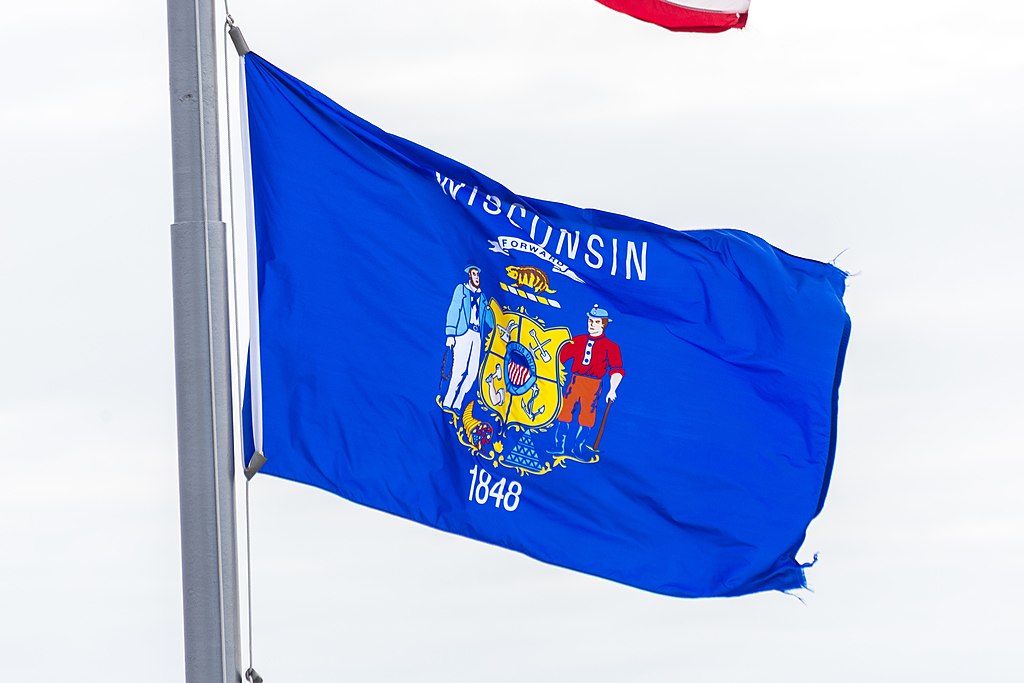
The statewide nonpartisan general election for Wisconsin was held on April 6. The primary was held on February 16, and the filing deadline to run passed on January 5. Candidates ran in elections for special elections in the Wisconsin State Legislature, three judgeships on the Wisconsin Court of Appeals, and in municipal and school board elections.…

